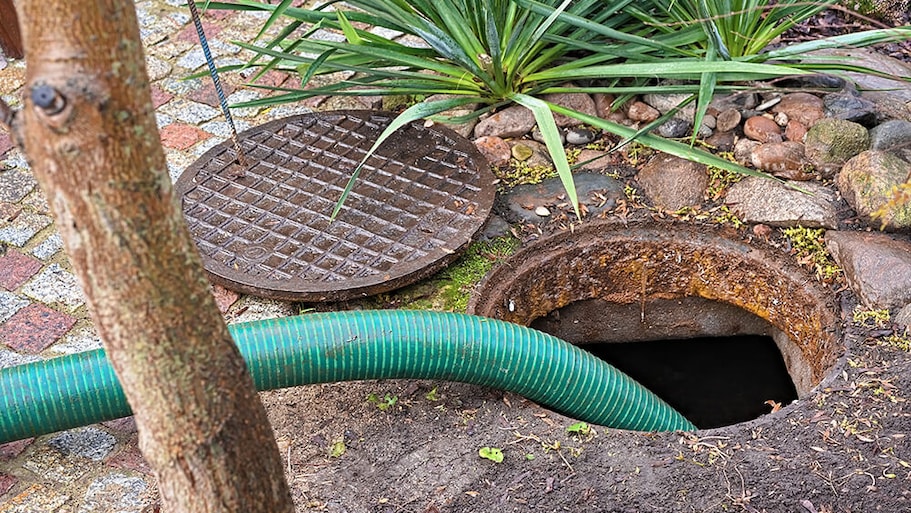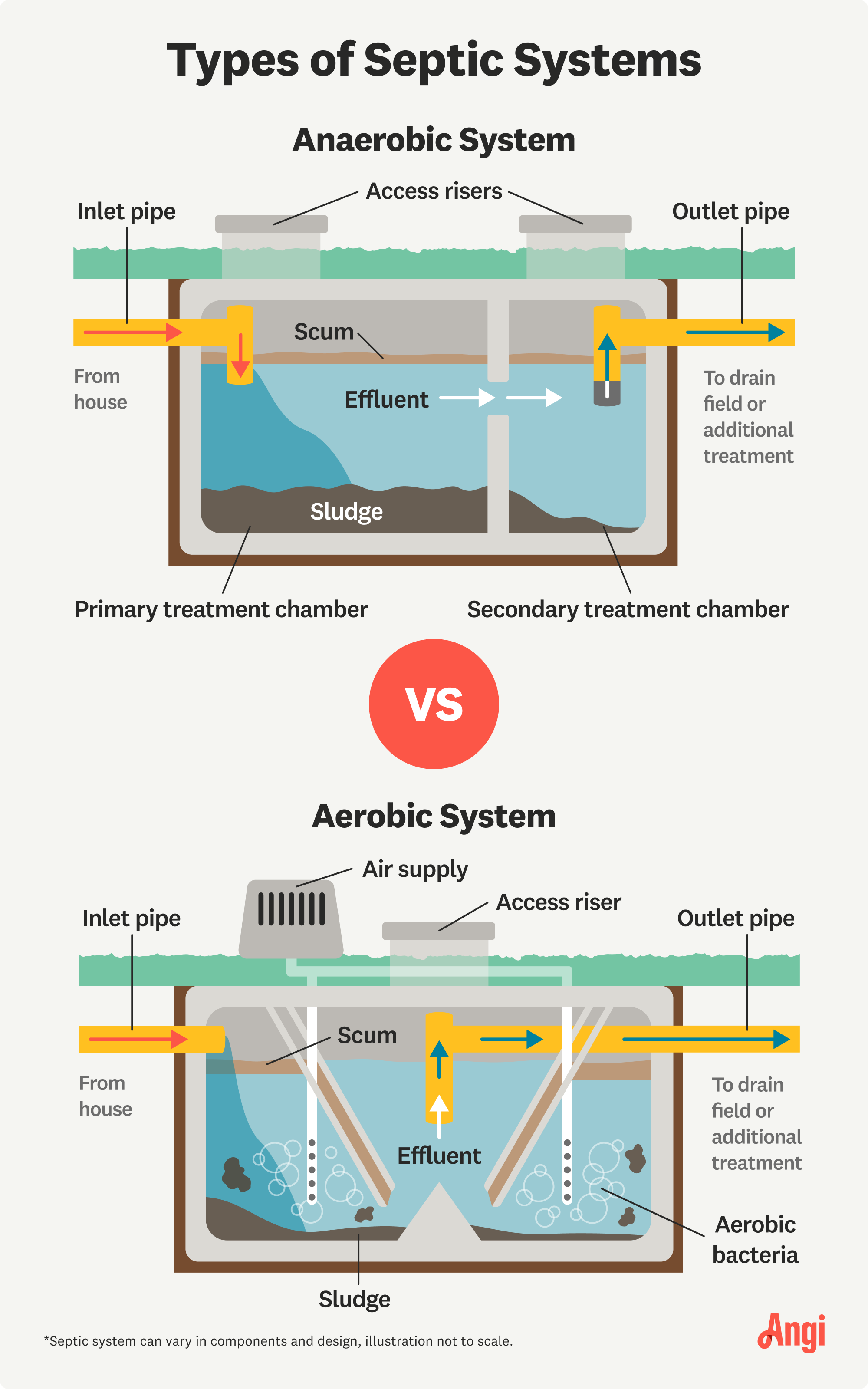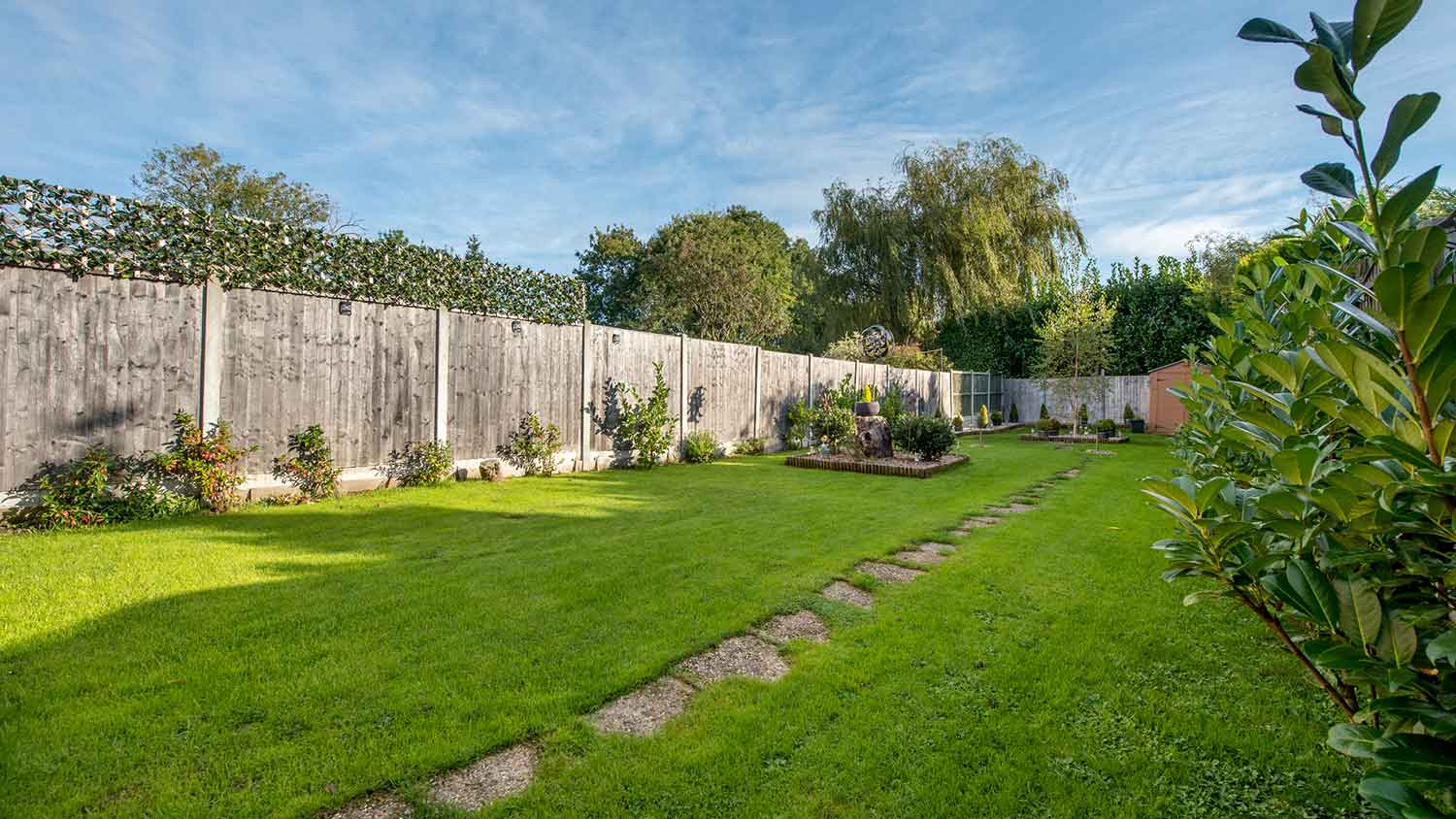
Caring for your septic system is crucial to ensuring its long life. But how much does it cost to pump a septic tank? We explore the different cost factors.
Septic system installation costs between $4,092 and $12,937 in Seattle, Washington, with an average of $8,514. Your septic pro will consider the system type, size, and location for a personalized quote.


King County is home to over 85,000 septic systems, mostly in rural areas.
Seattle’s proximity to waterways could increase permitting and inspection costs.
There are programs in Seattle that can help qualifying homeowners cover the cost of septic system installation.
If you live in the urban or suburban areas of Seattle, Washington, chances are your home is connected to the public sewer system. However, you may need a septic tank if you live in one of the more rural areas of King County, including Snoqualmie or Enumclaw. The cost to install a septic system in Seattle falls between $4,092 and $12,937, with an average of $8,514. Explore the major cost factors that impact the final cost of your septic system project.
The cost to install a septic tank in Seattle includes the tank size, materials, required site prep, and the type of septic system. A septic tank company in Seattle can give you an accurate quote based on these factors.
The septic tank size you need will depend on the number of bedrooms your home has. For a three- or four-bedroom home, you’d need a 1,000-gallon septic tank, which costs $900 to $1,500 for the tank alone.
Larger houses have more sinks, toilets, bathtubs, and other wastewater sources that flow into the septic tank. As tank size increases, so do costs.
| Household Size (Bedrooms) | Tank Capacity (Gallons) | Average Cost |
|---|---|---|
| 1 | 500 | $500–$900 |
| 2 | 750 | $700–$1,200 |
| 3–4 | 1,000 | $900–$1,500 |
| 5–7 | 1,500 | $1,200–$2,000 |
| 8–9 | 2,000 | $2,500–$3,450 |
Septic tanks are commonly made of plastic, concrete, or fiberglass, with fiberglass being the most expensive. Here’s how much a tank costs based on each material.
| Septic Tank Material | Average Cost | Pros | Cons |
|---|---|---|---|
| Plastic | $2,200–$3,200 | Lightweight, easy to install, and less expensive than fiberglass | Less durable and is more prone to cracking under the pressure of the soil |
| Concrete | $1,800–$2,400 | Highly durable and the most common type | Prone to cracking and labor-intensive |
| Fiberglass | $3,200–$4,100 | Nonporous to protect against algae growth, lightweight, and easy to install | Can crack during installation and it’s more expensive |

Each type of septic system comes with its own set of pros and cons. While anaerobic systems are relatively low-maintenance, they aren’t great for small properties. Similarly, anaerobic systems can do well in small spaces but require extra work.
| Anaerobic | Aerobic |
|---|---|
| Anaerobic bacteria break down waste | Aerobic bacteria break down waste |
| More affordable | More expensive |
| Uses fewer chemicals | More efficient |
| Needs a larger leach field | Good for smaller properties |
Anaerobic: Anaerobic systems are more common and cost $3,000–$8,000. They’re less costly than aerobic systems and don’t need extra power or chemicals, but they’re less efficient and require a larger leach field. A pipe runs from the house to the septic tank, where another pipe runs into the leach field. Anaerobic bacteria break down solid waste before the system distributes the wastewater into the soil.
Aerobic: Aerobic septic systems utilize oxygen pumped into the tank to activate bacteria that feed on the solid waste. They’re more expensive at $10,000–$20,000 but are more efficient and work well on smaller properties. They require additional power to run, so hook yours up to a power generator in case of a power outage. Otherwise, these systems can plug into your property’s main power source.
Site prep to install a septic tank will include a land survey, percolation test, and leach field installation. The cost to prepare the area will also depend on the terrain, as hilly or wooded areas will likely cost more to prepare. Your local septic tank company can evaluate your site and give you an accurate quote.
Land Survey: You’ll need to get a land survey before installing a septic system to ensure your plans fall within property lines. Expect to spend $330–$900 to hire a licensed land surveyor.
Percolation Test: Before the installation, you need a local perc test pro to perform a percolation test. The test measures water drainage in the soil, soil type, and the height of each sediment layer on your property to determine the best type of septic system for you. The cost to test your soil is $700–$2,000.
Leach Field Installation: Septic tank systems consist of a septic tank and a trench referred to as a leach field or drain field. This section of the system transports the wastewater back to the soil. Drain field installation costs $5,000–$12,000.
Labor costs will significantly impact the overall cost of installing a septic system in Seattle and the surrounding areas, and you’ll also have to budget for permit costs. Some of these costs could be offset by local programs if you qualify.
Labor costs will depend on the septic system installation company and the amount of site prep. Another factor is the material you choose, as it takes more labor to install a concrete septic tank than a plastic or fiberglass one. Labor accounts for between 50% and 70% of the total cost of your project.
The closer you get to Seattle and other urban areas, like Bellevue or Kirkland, the higher the labor costs will be than in more rural areas.
Before you can begin septic system installation, you’ll need to obtain a permit from the local health officer. Permitting requires specific information, such as the size of the parcel, location of utilities, soil and site evaluation, general topography and slope, and drainage characteristics.
Average permit costs for septic systems in Seattle and King County include:
On-site sewage system design application review: $435–$1,425
On-site sewage system installation permits: $225–$1,525
Seattle is located near several waterways, including the Puget Sound, Lake Washington, and the Snoqualmie River. Because of this, environmental regulations for installing a septic system will be stricter, and systems will likely require additional inspections, permits, and fees.
If you need to install a septic system in Seattle, the King County Housing Repair Program offers interest-free loans and emergency grant services for those who qualify. Other cost assistance options include Craft3 Clean Water Loans and the Habitat for Humanity Home Repair Program.
If your home isn’t connected to a public sewer system, a septic system is necessary to dispose of household waste. In this regard, a septic system in Seattle can increase home value, but it’s a required feature rather than a desired one.
On the other hand, if your septic tank hasn’t been well-maintained, it can lower the home value. Prospective buyers will have to factor in costs to repair the septic system, which can make the sale less appealing. Keep this in mind if you plan on selling your home in the near future and plan for maintenance and repair costs.
Pumping your septic tank every three to five years is one of the most important septic maintenance tasks. When you combine that with flushing only approved items (toilet paper and waste) and avoiding driving over your drain field, you have a recipe for a long-lasting septic system.
Home is the most important place on earth, which is why Angi has helped more than 150 million homeowners transform their houses into homes they adore. To help homeowners with their next project, Angi provides readers with the most accurate cost data and upholds strict editorial standards. We survey real Angi customers about their project costs to develop the pricing data you see, so you can make the best decisions for you and your home. We pair this data with research from reputable sources, including the U.S. Bureau of Labor Statistics, academic journals, market studies, and interviews with industry experts—all to ensure our prices reflect real-world projects.
Want to help us improve our cost data? Send us a recent project quote to [email protected]. Quotes and personal information will not be shared publicly.
From average costs to expert advice, get all the answers you need to get your job done.

Caring for your septic system is crucial to ensuring its long life. But how much does it cost to pump a septic tank? We explore the different cost factors.

Need to know what sewer line replacement costs? This guide will help you prepare to budget for sewer line replacement done by local contractors.

Need to know what sewer line replacement costs in Washington, D.C.? This guide will help you prepare to budget for sewer line replacement done by local contractors.

Need to know what sewer line replacement costs in Denver, CO? This guide will help you prepare to budget for sewer line replacement done by local contractors.

There are different types of septic systems. The right one for you depends on its size and construction as well as your household waste needs.

Got a septic tank? Then you've got a leach field. Knowing where it is helps you maintain your system. Here's how to find a leach field.